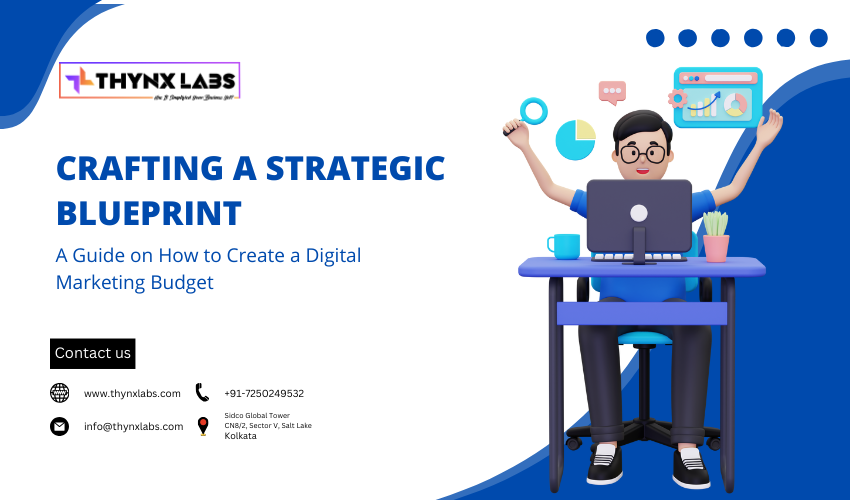Effective Content Calendar Management
Effective Content Calendar Management: A Comprehensive Guide
In the dynamic realm of digital marketing, an effective content calendar is the linchpin for successful content management. This comprehensive guide provides a step-by-step approach to help you create a content calendar that streamlines your strategy, boosts productivity, and ensures consistency in your content creation efforts.
Understanding the Essence: The Significance of a Content Calendar
1. Aligning Content with Business Goals
Initiate the content calendar creation process by aligning your content with overarching business goals. Understanding the broader objectives ensures that your content strategy is purposeful and contributes to the overall success of your digital marketing efforts.
2. Identifying Target Audiences and Content Themes
Define your target audiences and the themes that resonate with them. Tailoring your content calendar to address specific audience interests ensures relevancy and enhances engagement.
Crafting a Strategic Content Calendar
3. Establishing a Realistic Posting Schedule
Create a realistic posting schedule that aligns with your content production capabilities. Consistency is key, and a well-defined schedule helps manage expectations, both for your team and your audience.
4. Incorporating Diverse Content Types
Diversify your content types to keep your audience engaged. From blog posts and infographics to videos and podcasts, a mix of content formats adds variety and caters to different preferences.
Streamlining Collaboration and Workflow
5. Collaborative Tools and Platforms
Utilize collaborative tools and platforms to streamline workflow. Platforms like Trello, Asana, or Google Calendar can enhance communication, facilitate task management, and ensure everyone is on the same page.
6. Assigning Clear Responsibilities
Assign clear responsibilities to team members. Clearly defined roles ensure accountability and a smooth content creation process, reducing the likelihood of delays or misunderstandings.
Optimizing for SEO and Keywords
7. Keyword Research Integration
Integrate keyword research into your content calendar. Identify relevant keywords for each piece of content to optimize your articles for search engines, enhancing your online visibility.
8. Seasonal and Trend Integration
Incorporate seasonal and trending topics into your calendar. Capitalizing on timely subjects keeps your content fresh and aligns it with current discussions in your industry.
Monitoring and Adapting for Success
9. Analytics Tracking
Implement analytics tracking to monitor content performance. Analyzing metrics such as engagement, click-through rates, and conversions provides valuable insights for refining your future content strategy.
10. Flexibility and Adaptability
Maintain flexibility and adaptability in your content calendar. External factors or emerging trends may necessitate adjustments, and a nimble approach ensures your content remains timely and relevant.
Conclusion
In conclusion, mastering content management begins with the creation of an effective content calendar. By aligning with business goals, identifying target audiences, crafting a strategic schedule, streamlining collaboration, optimizing for SEO, and monitoring performance, you can elevate your content strategy to new heights. Implement this comprehensive guide to create a content calendar that not only meets but exceeds your digital marketing objectives.


